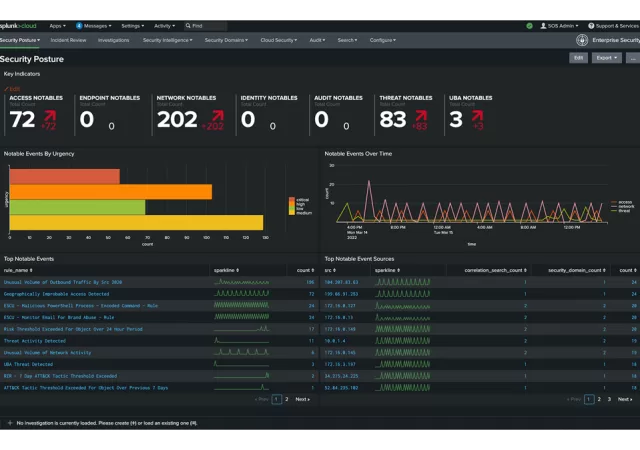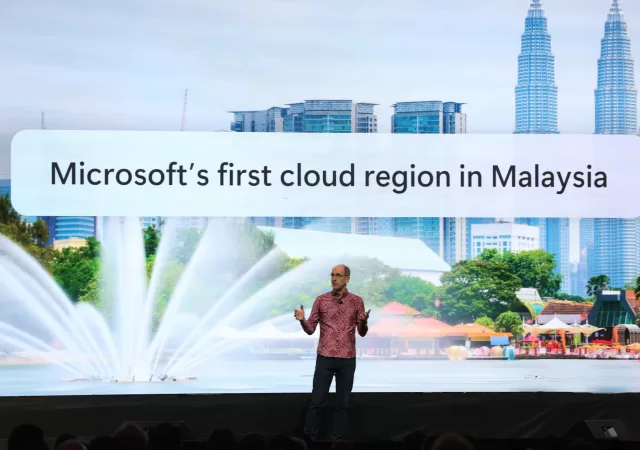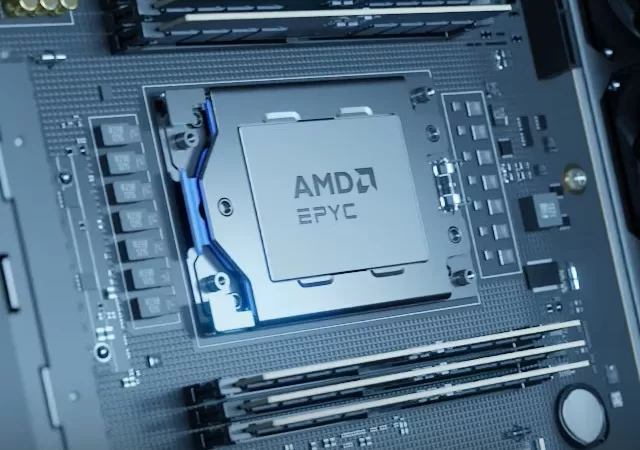Snowflake is expanding in Malaysia with a local instance on AWS, enhancing data governance and security for Malaysian customers.
Cisco Introduces Agentic AI-Powered Solutions Powered by Splunk Into Its Security Operations Center
Learn about Cisco’s comprehensive approach to improve threat detection and response through revolutionary AI in the Security Operations Center.
Riding the Digital Wave: Agile Manufacturing in ASEAN’s AI-Powered Future, Securing Every Byte
As digitalisation continues to be a cornerstone for most companies, manufacturing is riding a digital wave and evolving beyond just automation to implementation of AI solutions.
Microsoft Launches First Malaysian Cloud Region Providing an Impetus for the National AI Agenda
Microsoft announces the first Malaysian Cloud Region and availability zone in addition to new efforts to boost Malaysia’s digitisation plans.
Google Cloud C4D & H4D Virtual Machines Available with AMD EPYC Processors
Google’s newest virtual machines are available with AMD’s latest EPYC processors for high performance computing.
Cloud, Connectivity, AI, Security: What SMBs Need From Technology
Maximize SMB potential with technology. Stay agile by embracing technological advancements to meet customer demands, transact efficiently, and explore global opportunities.
How Technology Changes Company Thinking And Company Performance
This article is contributed by Varinderjit Singh, General Manager, Lenovo Malaysia While I think most of us would expect large organizations to include forward-thinking technology in their overall business strategies, we’re starting to see this with SMBs as well, including…
What Might the Next Decade Bring for Computing?
New technologies can take many forms. Often, they come from generally straightforward, incremental product advances over the course of years; think the Complementary Metal-Oxide-Semiconductor (CMOS) process shrinks that underpinned many of the advances in computing over the past decades. Not…
Businesses Need to Go Back to Basics and Focus Customer Experiences as Generative AI Tools Become Mainstream
Businesses need to look at the basics as generative AI opens doors for more personalised experiences across different platforms.
Embracing the Golden Digital Era: Elevating Malaysia’s Potential with Cloud Adoption & Skilling
Azhar Abdullah shares his insights on the digital economy in Malaysia & how tech transformations can help businesses embrace technology.












